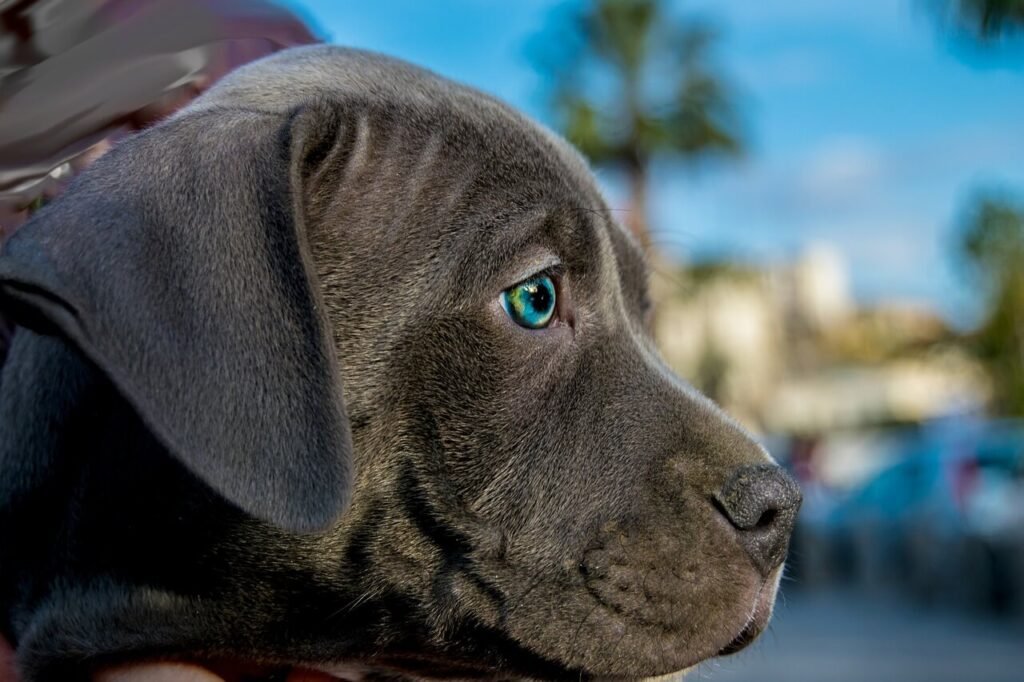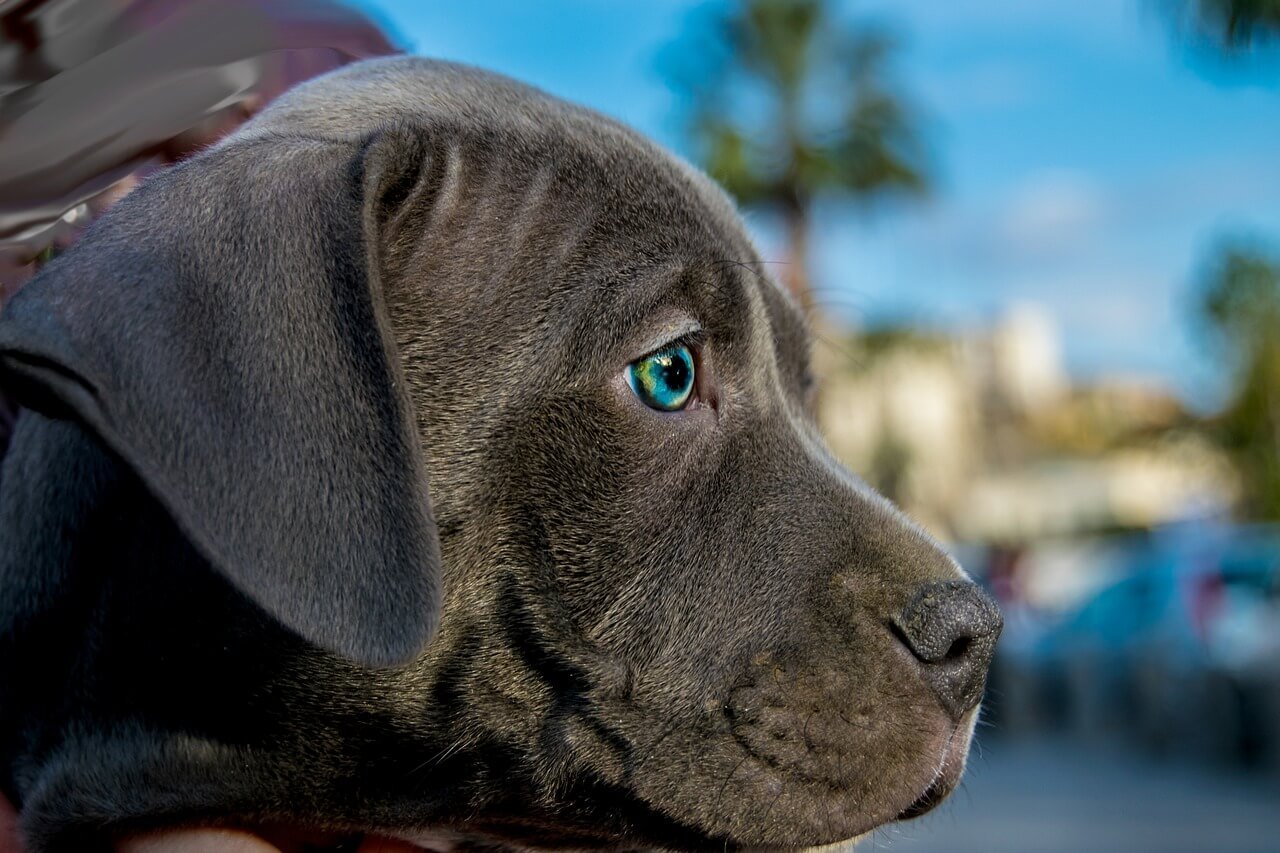When Your Dog Ate Charcoal: What You Need to Know
It’s every pet owner’s nightmare: you turn your back for just a moment, and your curious canine companion has gotten into something they shouldn’t have. In this case, it’s charcoal. Whether it was from the grill, an art set, or activated charcoal tablets, the situation can feel alarming. But don’t panic—this blog post will guide you through understanding what happened, how to respond, and how to prevent it in the future. Let’s dive into what you need to know when your dog ate charcoal.
Understanding the Different Types of Charcoal
Charcoal comes in various forms, each with its own potential risks if ingested by your dog. Knowing which type your furry friend consumed is crucial for determining the next steps. Here’s a breakdown of the most common types of charcoal:
Grill Charcoal (Briquettes)
This is the type used for barbecues and is often coated with chemicals to help it ignite.Lump Charcoal
Made from natural wood, lump charcoal is less processed but still poses risks if eaten.Activated Charcoal
Commonly found in health supplements, activated charcoal is generally safer but should still be monitored.Art Charcoal
Used for drawing, this type may contain binding agents that are harmful to dogs.Charcoal Ashes
Residue from burned charcoal may seem harmless, but it can still irritate your dog’s digestive system.
Understanding the differences between these types is the first step in assessing the situation. If you’re unsure what kind of charcoal your dog ingested, err on the side of caution and consult a veterinarian.
Signs Your Dog May Be in Distress
If your dog ate charcoal, it’s essential to monitor them closely for any signs of discomfort or illness. While some dogs may experience no issues at all, others could develop symptoms that require immediate attention. Here’s what to look out for:
Vomiting
A common reaction to ingesting non-food items, vomiting could indicate irritation in the stomach.Diarrhea
Loose stools may occur as your dog’s body tries to expel the foreign substance.Lethargy
If your dog seems unusually tired or uninterested in their surroundings, it could be a red flag.Excessive Drooling
Drooling can signal nausea or oral irritation caused by the charcoal.Difficulty Breathing
In severe cases, charcoal particles could block airways or cause respiratory distress.
If you notice any of these symptoms, it’s important to act quickly. Contacting a vet is always the safest course of action. Remember, early intervention can make all the difference.
Check this guide 👉Can Dogs Eat Kiwi? Best 7 Expert Tips!
Check this guide 👉Can Dogs Eat Pizza? Best 7 Health Tips!
Check this guide 👉Can Dogs Eat Dates? Best 7 Health Tips!

Type of Charcoal | Potential Risks |
|---|---|
Grill Charcoal (Briquettes) | Contains chemicals and additives |
Lump Charcoal | Risk of obstruction or choking |
Activated Charcoal | Generally safe but may cause mild upset |
Art Charcoal | May include toxic binders or pigments |
Charcoal Ashes | Can irritate the digestive tract |
Steps to Take When Your Dog Eats Charcoal
Discovering that your dog has eaten charcoal can be stressful, but staying calm and taking the right steps is key. Here’s a guide to help you navigate the situation effectively:
Assess the Situation
Determine how much charcoal your dog consumed and what type it was.Check for Immediate Symptoms
Look for signs like vomiting, drooling, or difficulty breathing.Call Your Veterinarian
Even if your dog seems fine, it’s best to get professional advice.Do Not Induce Vomiting Without Guidance
Attempting this without consulting a vet could do more harm than good.Keep an Eye on Your Dog
Monitor them closely over the next 24-48 hours for any changes in behavior.
By following these steps, you can ensure your dog receives the care they need while minimizing potential complications.
Preventing Future Incidents
The best way to handle a situation like this is to prevent it from happening in the first place. Here are some tips to keep your dog safe and away from charcoal:
Store Charcoal Securely
Keep all types of charcoal out of reach, preferably in a locked cabinet or high shelf.Supervise Outdoor Activities
If you’re grilling, make sure your dog is kept at a safe distance from the charcoal.Use Pet-Safe Products
Opt for natural, chemical-free charcoal if you frequently grill around pets.Teach the “Leave It” Command
Training your dog to avoid certain items can be a lifesaver.Regularly Inspect Your Yard
Remove any leftover charcoal or ashes after grilling to eliminate temptation.
Taking these precautions can significantly reduce the risk of your dog getting into trouble again.
Common Household Items That Can Harm Your Dog
While charcoal is a specific concern, many other household items can pose risks to your dog if ingested. Being aware of these dangers can help you create a safer environment for your pet. Here are some common hazards to watch out for:
Cleaning Products
Many household cleaners contain chemicals that are toxic to dogs if licked or swallowed.Human Medications
Pills like ibuprofen or antidepressants can be highly dangerous for dogs even in small doses.Certain Foods
Items like chocolate, grapes, and onions are well-known toxins for dogs.Small Objects
Coins, rubber bands, or toys can cause choking or intestinal blockages.Plants
Some houseplants, such as lilies or pothos, are poisonous to dogs if chewed or ingested.
By identifying and securing these potential hazards, you can significantly reduce the risk of accidental ingestion. A proactive approach ensures your dog’s safety and your peace of mind.
Tips for Creating a Dog-Friendly Home
Making your home safe for your dog doesn’t have to be complicated. With a few thoughtful adjustments, you can create an environment where your furry friend can thrive. Consider these tips for dog-proofing your space:
Designate a Safe Zone
Create a specific area in your home where your dog can retreat and feel secure.Use Baby Gates
Block off areas like kitchens or laundry rooms where hazardous items might be stored.Secure Trash Cans
Dogs are notorious for rifling through garbage, so opt for bins with locking lids.Store Food Out of Reach
Keep snacks, pantry items, and leftovers on high shelves or in closed cabinets.Regularly Inspect for Hazards
Check your home periodically for anything that could pose a risk, such as loose wires or small objects.
Taking these steps not only protects your dog but also strengthens the bond you share by fostering a sense of security. A little effort goes a long way in keeping your pet happy and healthy.
How to Train Your Dog to Avoid Dangerous Items
Training your dog to steer clear of harmful items is an essential part of responsible pet ownership. Consistent training can help prevent accidents and give you greater confidence in your dog’s behavior. Here are some strategies to teach your dog what to avoid:
Use Positive Reinforcement
Reward your dog with treats or praise when they ignore or stay away from dangerous objects.Practice the “Leave It” Command
Teach this command by placing a treat on the floor and rewarding your dog for ignoring it until given permission.Redirect Their Attention
If your dog shows interest in something unsafe, redirect them to a toy or activity they enjoy.Be Consistent with Rules
Ensure all family members enforce the same boundaries to avoid confusing your dog.Incorporate Training into Daily Life
Make training sessions part of your routine to reinforce good habits over time.
With patience and consistency, your dog can learn to avoid dangerous items, reducing the likelihood of accidents. A well-trained dog is not only safer but also more enjoyable to have around.
Frequently Asked Questions About Dogs Eating Charcoal
Is charcoal toxic to dogs?
It depends on the type. Grill charcoal and art charcoal can be harmful due to additives, while activated charcoal is generally safer.
What should I do if my dog eats charcoal?
Assess the situation, check for symptoms, and contact your vet immediately.
What should I do if my dog eats charcoal?
No, this should only be done under veterinary guidance to avoid complications.
How long does it take for symptoms to appear?
Symptoms can appear within minutes to hours, so monitor your dog closely.
Will my dog be okay?
Most dogs recover without issues, but it’s crucial to seek professional advice for peace of mind.
Stay Calm and Prepared: Your Dog’s Health Matters Most
While discovering that your dog ate charcoal can be unsettling, being informed and prepared makes all the difference. By understanding the risks, recognizing symptoms, and knowing how to respond, you can ensure your furry friend stays safe and healthy. Prevention is always better than cure, so take steps to minimize risks around your home. With love, care, and vigilance, you and your dog can enjoy many happy, worry-free moments together.
Understanding Cryptosporidium in Cats: Best 7 Expert Tips! – Spot symptoms, treat safely, and stop parasite spread in your home.
Understanding Cryptosporidium in Dogs: Best 7 Expert Tips! – Learn symptoms, treatment & prevention for this stubborn gut parasite.
Understanding Syringomyelia in Cats: Best 7 Expert Tips! – Recognize signs, manage pain, and support your cat’s neurological health with vet-backed guidance.
Understanding Syringomyelia in Dogs: Best 7 Expert Tips! – Expert insights on symptoms, MRI diagnosis, pain management & quality of life.





